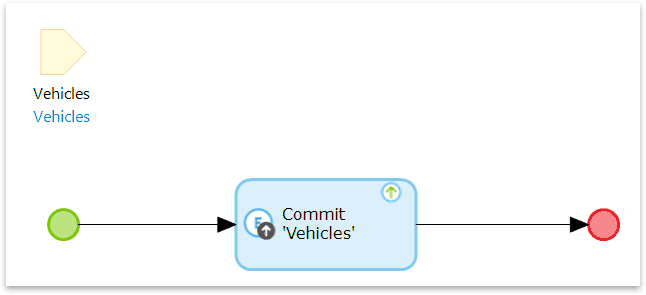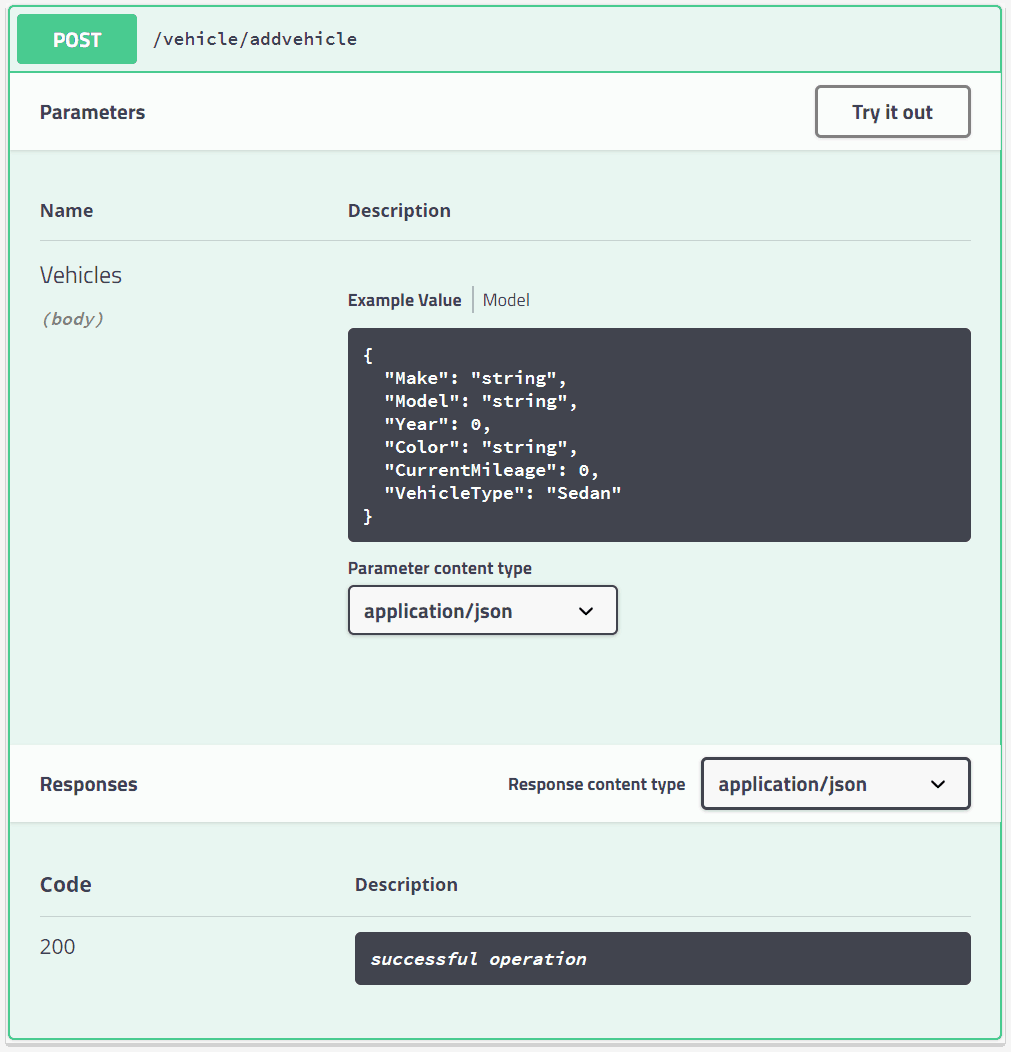Teamwork makes the dream work.
I’ve heard this phrase said a lot in my experience, and I happen to agree with it. As individuals, we can be highly capable and accomplish a lot, but the reward for collaborating with a group of people to reach a common goal is much more gratifying. Consider the coordination of the pit crew in Formula 1 to help the driver get across the finish line first. Sure, it’s the driver that crosses the line, but there is absolutely no way he could accomplish that feat without a strong team along for the ride. The evolution of enterprise application development is marching to the same beat. That’s why, for this release, we are focusing on team collaboration capabilities to share knowledge throughout the development cycle and across the platform. These collaboration capabilities allow each team member to contribute to a successful result. Moreover, we released Desktop Modeler updates to make development easier, REST Publish enhancements, and new functionality in the Mendix Cloud. Let’s dive into what’s in the Mendix 7.14 release.
Collaboration
Buzz Integration in Web Modeler
Are you familiar with Buzz? It’s the integrated messaging system within the Mendix Platform Portal. In 7.14, we’ve taken Buzz and placed it directly into the Web Modeler so developers can chat directly with the team assigned to an app at any time during the design and development phase. This enhances productivity and efficiency because the entire team is always connected to the application lifecycle; Developers can act quickly and don’t have to search for where help is needed (ever been part of email threads in which the first five emails back and forth are spent just finding out what the context of the question is?!).
Also, the team doesn’t have to work on multiple screens or browser tabs to know what’s going on. Because they will be involved as and when needed, each team member will be on the ball. The messages associated with the page, the microflow and the domain model in the app you are viewing will help the development team understand conversations in context. Mentioning teammates in chat generates notifications which take the recipient right to the conversation and the associated part of the app, thus providing maximum context to play their part in the app’s success.
In addition, the team can create feedback items directly from the chat window for any topics that should be part of next sprint’s grooming. This generates an entry in the Platform Portal tied directly to the app component in question, which product owners can then follow-up in context. By connecting communication directly to the application model, the Mendix Web Modeler paves the way for development teams to remain engaged and in the loop throughout the development lifecycle. In short: enabling teamwork that makes the dream work.
Near Real-Time Collaborative Modeling
Another innovation in the Web Modeler for 7.14 is near real-time collaboration. This is an integral part of team collaboration. Developers reach alignment earlier in the application development lifecycle and reduce time-to-market: the Web Modeler now gives them a way to hand off editing control with one click during collaborative development sessions. This enables business analysts to work together to innovate quickly. When multiple users open the app in the Web Modeler, one user is in control while others can still view the entire app model and contribute to any running Buzz conversations, so that they are fully part of the development process. Any view-only user can take control with one click. As user 1 updates the app, user 2 can see the changes, or take control to continue iterating on user 1’s idea in real-time. Enabling co-development in this way is key to reaching team success.

Microflow Annotations
Microflow annotations are a small but substantial feature in the microflow editor. Annotations help increase the productivity of the team because they represent documentation and help developers looking at the microflow for the first time to understand the context and purpose of the microflow, as well as the logic within. In the Web Modeler, annotations can now be connected directly to activities and actions to target context to a specific part of the microflow. It is a way to ensure the context is clear at one glance, which improves development speed as well as helps teams deliver appropriate support, even when the last time a developer touched the microflow was a while ago.
Web Modeler Delighters
Page Editor Enhancements
In the past, many of the widgets added from Mendix Desktop Modeler would not render in the Web Modeler because of display incompatibility. Now, widgets added to applications in the Desktop Modeler render properly in the Web Modeler, even if they cannot be edited in the Web Modeler. This can be beneficial when developers collaborate with business partners in live meetings because the Web Modeler will display widgets and controls in the user interface, truly living up to its WYSIWYG principle. Here is a list of the updated widgets:
- Data grids
- Template grids
- Reference set selectors
- Input reference set selectors
- Table widgets
- Header widgets from layouts
- Report widgets
- Snippets
- Login page specific widgets
Microflow Editor Enhancements
In addition to annotations being attached to microflow activities, which helps enhance context in logic, it is now possible to update the caption on microflow activities to explain what they are intended to do.
Domain Model Editor Enhancements
To speed up working with domain models, we are introducing inline editing of entities and attributes in the Web Modeler. Simply double-click on an entity and start typing.
Desktop Modeler Delighters
We hope you are enjoying our monthly delighters as much as we love adding them for you. 7.14 introduces six more delighters (two from the idea forum) for you to take advantage of.
Multi-Select in Project Explorer
First up is from the Idea Forum, multi-selecting items in the Project Explorer. This enhancement enables you to move, copy, delete, include, or exclude items in bulk. Managing and maintaining the structure of your project has never been easier!
Attribute Indexing Performance Improvement
Up next, we’ve made updates to indexing entities in the Domain Model resulting in significant performance gains in many cases. Attributes in entities are able to support an ascending OR descending index. On a simple entity with two attributes containing 100,000 rows, we measured an 8x improvement in retrieval time with this new delighter.
Glyphicon Filter Uses Synonyms for Retrieving Results
Glyph icons are great but sometimes a bit difficult to find because you have to type the exact name, so we added a synonym search to the glyphicon filter. For example, when you search for “arrows”, glyphicons with the term associated will appear in the filtered results.
Modeler Readability Improvements
Thank you for all the feedback about the new look and feel for the Desktop Modeler we recently introduced. We really appreciate the passion and enthusiasm you have for Mendix. It is motivating and guides us to make the platform better. We continue to work on improving readability this month with microflows, nanoflows, and rules. The colored backgrounds have been replaced by meaningful icons and descriptions in the editor toolbar.

Previously, entity access of microflows was visualized via a yellow background. We’ve removed the background and added a label to the bottom right corner indicating entity access has been set.

Overview Pages Generator
Last but not least is a handy way for generating data entry and data management forms in just a few clicks. Simply open the Domain Model, right click on an entity and choose “Generate overview pages”, pick the entities to generate pages for along with the layout you want and click the OK button. Magic!
REST Publish Updates
With each release since 7.10, we continue to build upon and refine the REST publish capabilities in the platform. In this release, we’ve made microflows for REST APIs more declarative and flexible. Instead of having to build a microflow like this:

All you have to do is build a simple microflow like this…

…and connect an import mapping directly to the REST API definition and Swagger contract.
In addition, we’ve updated the Swagger output to include the payload documentation. Now it’s easier to understand the message body contents for the request.

Cloud Updates
Mendix Cloud continues to lead the way in the high productivity app platform space with new capabilities to enhance DevOps. This month, Mendix Cloud v4 adds live logging and app backups via API, providing greater visibility and automation to your Mendix footprint.
Live Logging
Live logging is great for debugging your app or monitoring an app release because it shortens the feedback loop significantly. You can turn it on from the “Environments” option under the “Deploy” menu item in the app overview page in the Mendix Cloud.
Backup Apps by API
Another addition to Mendix Cloud v4 is the new backup API to support CI/CD and archiving operations. Using this API, it’s possible to create a backup before an automated release process starts, or restore a reference data set before performing automated testing. To learn more, click here for the documentation, and check out the platform portal release notes.
More Updates to Come
Those are some meaty updates – so be sure to spend some time letting us know what you think over at the Mendix Community website. Interested in staying in the know between updates? We’ve got a lot more in store in the upcoming months, so make a point to follow us on Twitter @Mendix and @MendixDeveloper, check us out on LinkedIn, and to dig into the details of all the updates and changes in 7.14, head over to the release notes and download the modeler. See you soon!